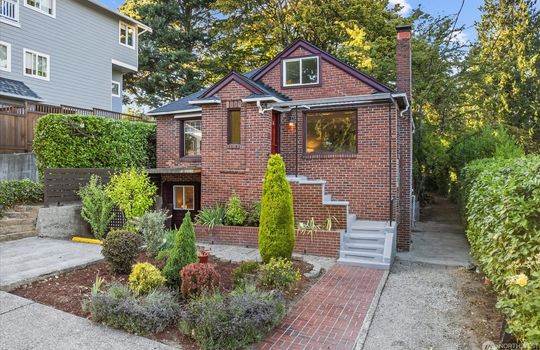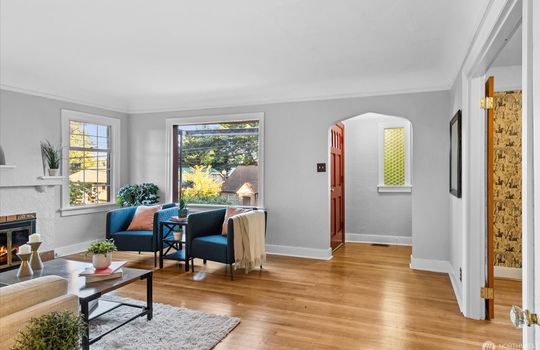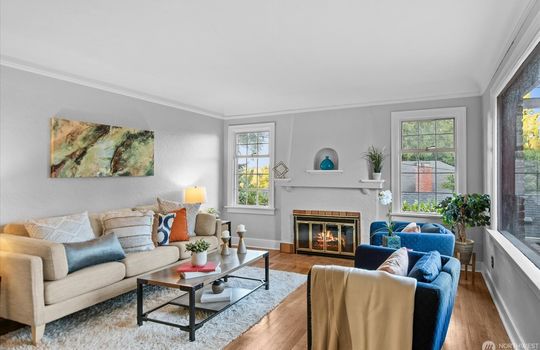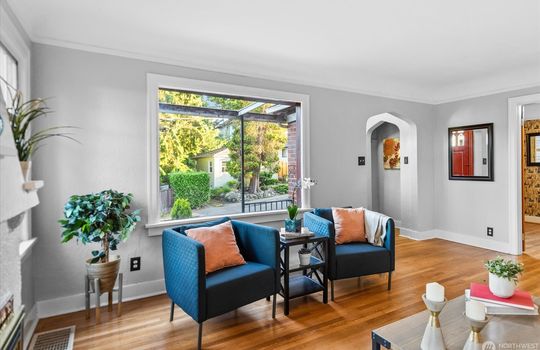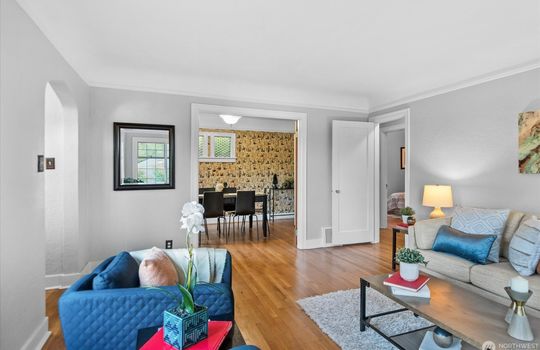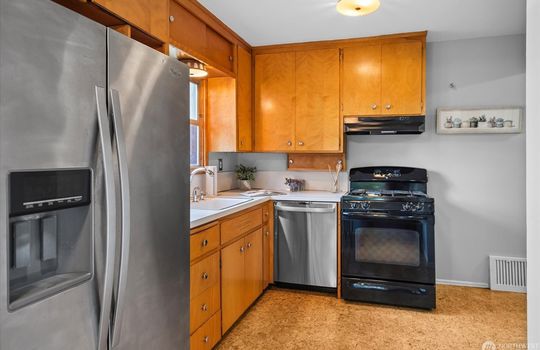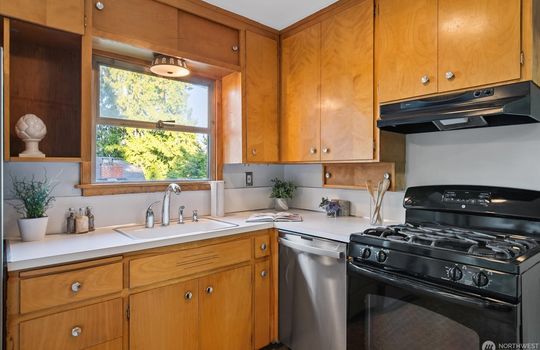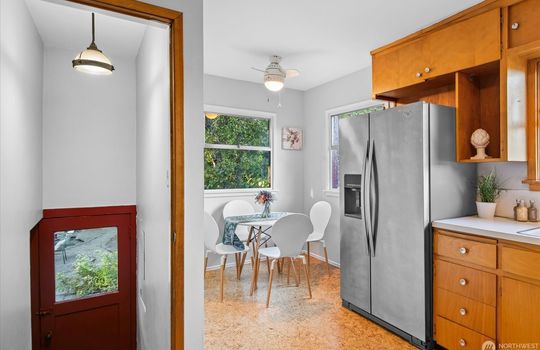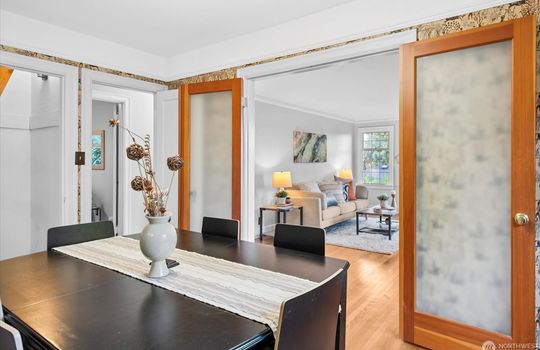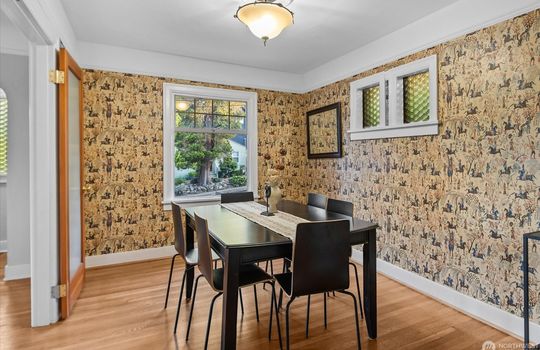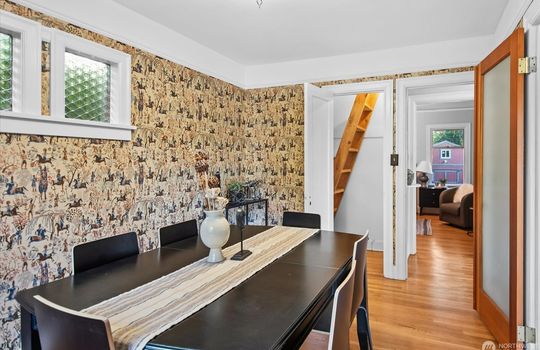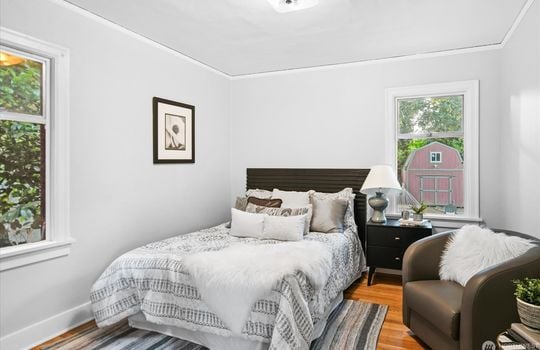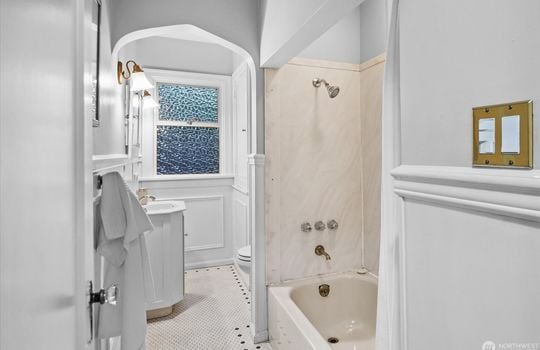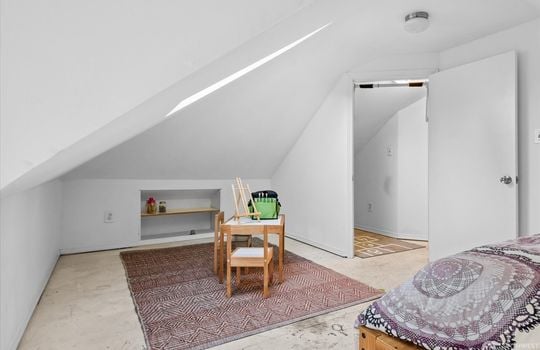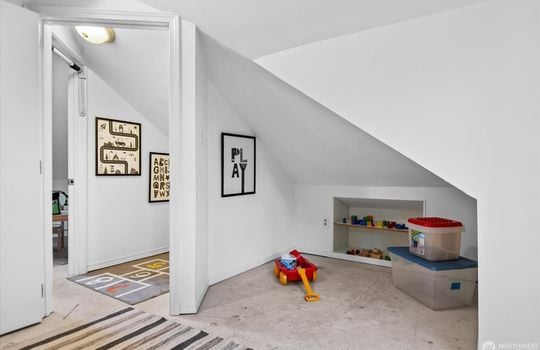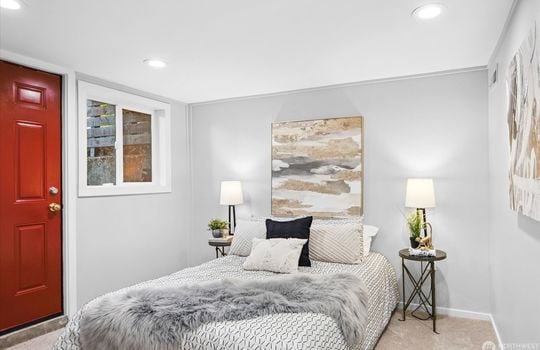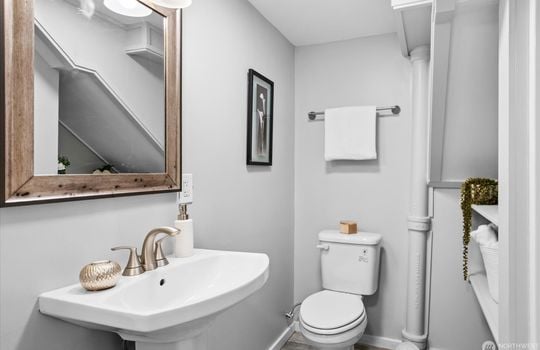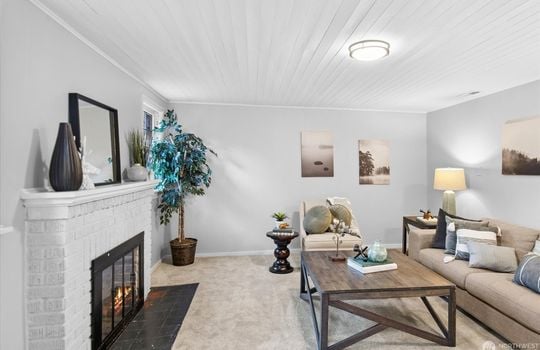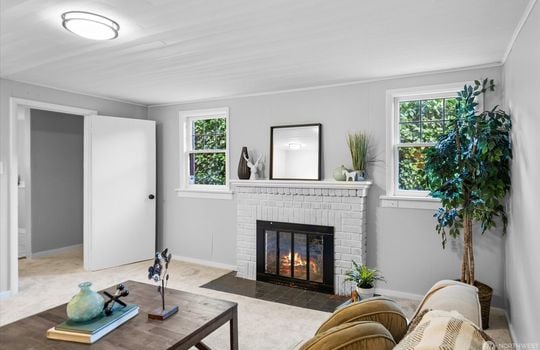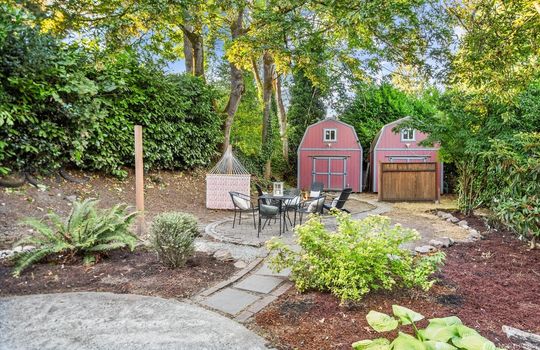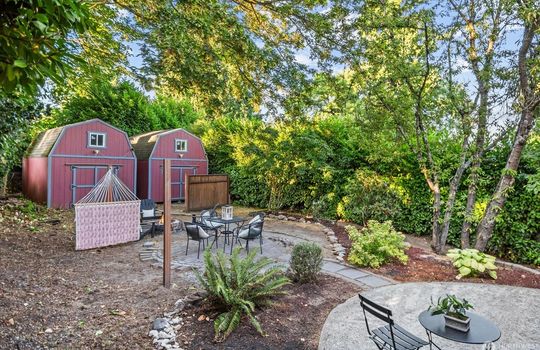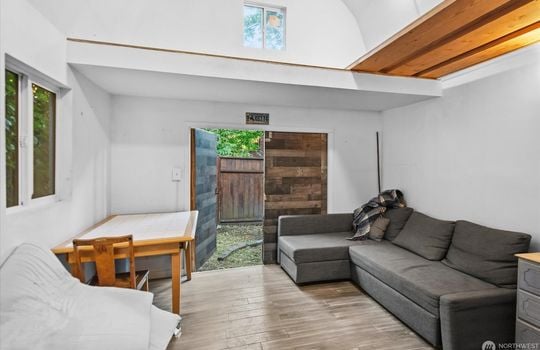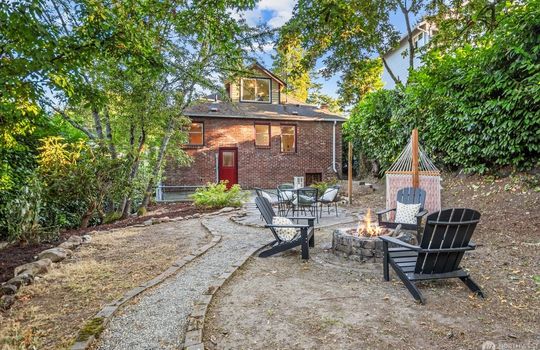Share My QR |
|
Success!
Welcome to a truly unique and versatile home in Seattle’s Maple Leaf neighborhood—where classic charm meets smart updates and flexible living. From the gleaming hardwood floors to the vintage details throughout, this home is full of warmth and character. Modern improvements like a new electrical panel and a finished basement enhance everyday comfort, while the finished attic provides valuable bonus space, ideal for extra bedrooms, a playroom, or creative use.
The lower level offers even more possibilities with a fully finished basement featuring two separate entry doors and 2 bathrooms—perfect for a home office, guest suite, or potential MIL unit. Step outside to a generous yard with two large, finished sheds equipped with electricity. These detached structures open the door to unique Airbnb potential, studio space, or long-term work-from-home solutions. The spacious lot may also offer future development opportunities.
Located on a quiet residential street, this property provides a peaceful setting just minutes from I-5, Lake City Way, and nearby shops and parks. It’s a rare combination of tranquility, flexibility, and accessibility—don’t miss the chance to make it your own.
This 1931 brick home captures the timeless appeal of Seattle’s early 20th-century architecture while offering the flexibility today's buyers need. Built during the early years of the Great Depression—a time when few new homes were constructed—this residence reflects both craftsmanship and resilience. Solid masonry, thoughtful proportions, and vintage details give the home enduring character, while a series of smart updates have brought it into the modern era.
With a finished attic and a fully finished basement—complete with a separate entrance—the home adapts easily to multi-generational living, remote work, or rental income. Whether you're drawn to its history, its layout, or its potential, this home is a rare blend of old and new.
Highlights:
Inside, you’ll find three bedrooms, 2.25 bathrooms, a formal dining room, a breakfast nook, and a cozy family room—plus two finished outbuildings in the backyard with electricity. Whether you need space for work-from-home offices, an art studio, guest quarters, or a home gym, this property offers the kind of flexibility today’s buyers crave. Every square foot is usable and full of potential.
Flexible spaces for:
The basement level includes a separate entrance, making it a prime candidate for an accessory dwelling unit (ADU). With a little vision, it could serve as a long-term rental, in-law suite, or short-term Airbnb. Two finished backyard sheds with electrical service add even more options for passive income or creative use—whether that’s hosting, working, or relaxing.
Potential uses include:
Maple Leaf is one of North Seattle’s most peaceful residential neighborhoods, known for its tree-lined streets and strong community feel. This home sits on a quiet street, providing a welcome sense of calm—but you’re still close to it all, including shops, cafes, and essential transit routes. It’s the best of both worlds: serene surroundings with the city just minutes away.
Located just minutes from I-5 and Lake City Way, this home offers easy commuting options whether you’re heading downtown or out of town. Roosevelt Station and Northgate are nearby for light rail access, and Maple Leaf Reservoir Park is perfect for outdoor time. Dining, shopping, and everyday errands are all close by, yet the neighborhood itself remains a quiet, low-traffic enclave.
This listing is just one example of what makes Maple Leaf such a special place to live. From historic homes and scenic parks to easy access to transit, shopping, and recreation, the neighborhood has a lot to offer.
👉 Explore more about Maple Leaf—including its history, highlights, and homes for sale
Share My QR |
|
We firmly believe that the internet should be available and accessible to anyone, and are committed to providing a website that is accessible to the widest possible audience, regardless of circumstance and ability.
To fulfill this, we aim to adhere as strictly as possible to the World Wide Web Consortium’s (W3C) Web Content Accessibility Guidelines 2.1 (WCAG 2.1) at the AA level. These guidelines explain how to make web content accessible to people with a wide array of disabilities. Complying with those guidelines helps us ensure that the website is accessible to all people: blind people, people with motor impairments, visual impairment, cognitive disabilities, and more.
This website utilizes various technologies that are meant to make it as accessible as possible at all times. We utilize an accessibility interface that allows persons with specific disabilities to adjust the website’s UI (user interface) and design it to their personal needs.
Additionally, the website utilizes an AI-based application that runs in the background and optimizes its accessibility level constantly. This application remediates the website’s HTML, adapts Its functionality and behavior for screen-readers used by the blind users, and for keyboard functions used by individuals with motor impairments.
If you’ve found a malfunction or have ideas for improvement, we’ll be happy to hear from you. You can reach out to the website’s operators by using the following email [email protected]
Our website implements the ARIA attributes (Accessible Rich Internet Applications) technique, alongside various different behavioral changes, to ensure blind users visiting with screen-readers are able to read, comprehend, and enjoy the website’s functions. As soon as a user with a screen-reader enters your site, they immediately receive a prompt to enter the Screen-Reader Profile so they can browse and operate your site effectively. Here’s how our website covers some of the most important screen-reader requirements, alongside console screenshots of code examples:
Screen-reader optimization: we run a background process that learns the website’s components from top to bottom, to ensure ongoing compliance even when updating the website. In this process, we provide screen-readers with meaningful data using the ARIA set of attributes. For example, we provide accurate form labels; descriptions for actionable icons (social media icons, search icons, cart icons, etc.); validation guidance for form inputs; element roles such as buttons, menus, modal dialogues (popups), and others. Additionally, the background process scans all of the website’s images and provides an accurate and meaningful image-object-recognition-based description as an ALT (alternate text) tag for images that are not described. It will also extract texts that are embedded within the image, using an OCR (optical character recognition) technology. To turn on screen-reader adjustments at any time, users need only to press the Alt+1 keyboard combination. Screen-reader users also get automatic announcements to turn the Screen-reader mode on as soon as they enter the website.
These adjustments are compatible with all popular screen readers, including JAWS and NVDA.
Keyboard navigation optimization: The background process also adjusts the website’s HTML, and adds various behaviors using JavaScript code to make the website operable by the keyboard. This includes the ability to navigate the website using the Tab and Shift+Tab keys, operate dropdowns with the arrow keys, close them with Esc, trigger buttons and links using the Enter key, navigate between radio and checkbox elements using the arrow keys, and fill them in with the Spacebar or Enter key.Additionally, keyboard users will find quick-navigation and content-skip menus, available at any time by clicking Alt+1, or as the first elements of the site while navigating with the keyboard. The background process also handles triggered popups by moving the keyboard focus towards them as soon as they appear, and not allow the focus drift outside of it.
Users can also use shortcuts such as “M” (menus), “H” (headings), “F” (forms), “B” (buttons), and “G” (graphics) to jump to specific elements.
We aim to support the widest array of browsers and assistive technologies as possible, so our users can choose the best fitting tools for them, with as few limitations as possible. Therefore, we have worked very hard to be able to support all major systems that comprise over 95% of the user market share including Google Chrome, Mozilla Firefox, Apple Safari, Opera and Microsoft Edge, JAWS and NVDA (screen readers), both for Windows and for MAC users.
Despite our very best efforts to allow anybody to adjust the website to their needs, there may still be pages or sections that are not fully accessible, are in the process of becoming accessible, or are lacking an adequate technological solution to make them accessible. Still, we are continually improving our accessibility, adding, updating and improving its options and features, and developing and adopting new technologies. All this is meant to reach the optimal level of accessibility, following technological advancements. For any assistance, please reach out to [email protected]

